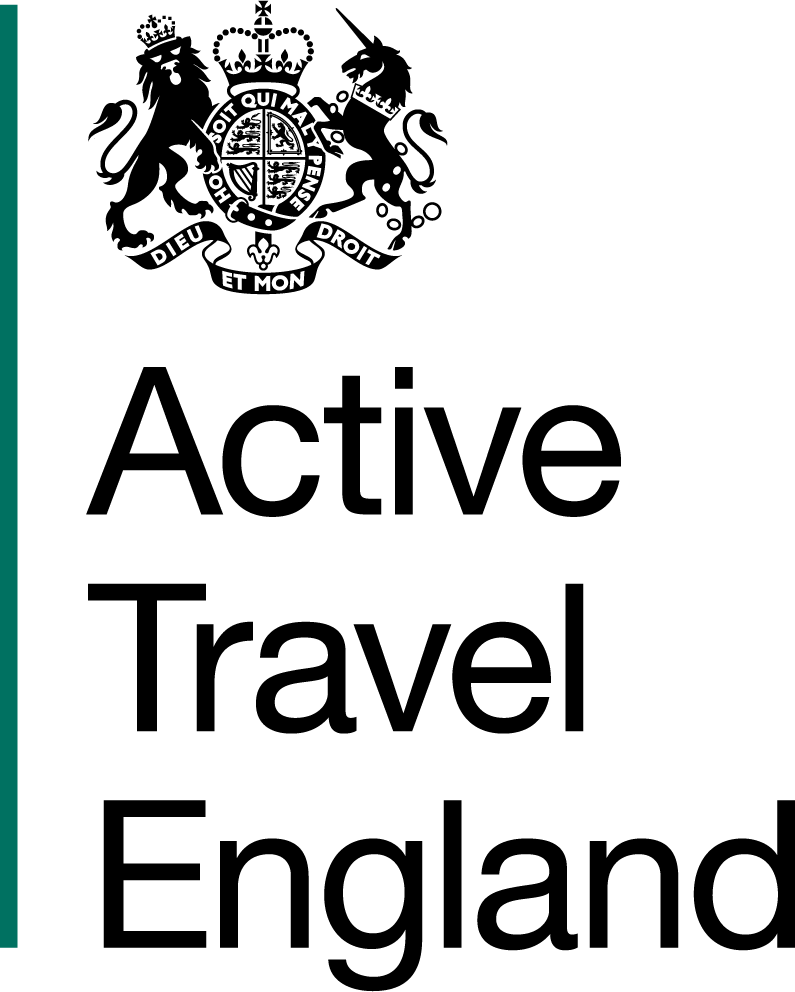5.4.6 Managing groups on road
When talking to the group, make sure all riders can see and hear you. Be prepared to move to another location if there are too many distractions, for example noisy roadworks or drilling.
Check that there is enough room on the pavement for a group of riders to stand on – and be aware of pedestrians who will need to share the space with you.
When demonstrating:
- position yourself so riders can clearly see the whole demonstration
- ask questions to keep riders engaged and involved
- use real events to show how people behave on the road (for example, drivers creeping out of side roads and other people cycling) – point them out to your riders as they happen
When riders are practising activities:
- position yourself near the highest point of risk
- let riders set off a good distance away to provide a realistic riding experience – they should still be close enough to communicate with you through hand signals or verbally.
- ask riders to choose when there is time and space for them to start riding, to improve their independent decision making
- keep all riders and any co-instructors in sight at all times – but be aware that traffic may sometimes get in the way
- make sure not to block the view of approaching drivers and riders
When it is time for your group to ride on the road, try not to have too many people standing around waiting for their turn. Ask them to observe, answer questions and give feedback. This way, you keep everyone engaged and focussed.
Riders can ride activities as individuals or in pairs or more. If you run activities with multiple riders on the road at once riding an activity:
- All riders should be rotated, so that each rider takes a turn in each position.
- Riders should be encouraged to think for themselves whilst riding as a group, especially any rider who may be in between other riders, where the temptation may be to follow without thinking or practising independent riding strategies.
- You should consider the competence of each rider.
- Each rider must receive specific feedback; this could form part of a Q&A session to check knowledge and provide opportunity for rider self-reflection.
- Group sizes should be varied, to provide varied learning experience.
- Riders should also have the opportunity to practise solo riding, and should be observed riding independently, as part of your formative assessment of them.
